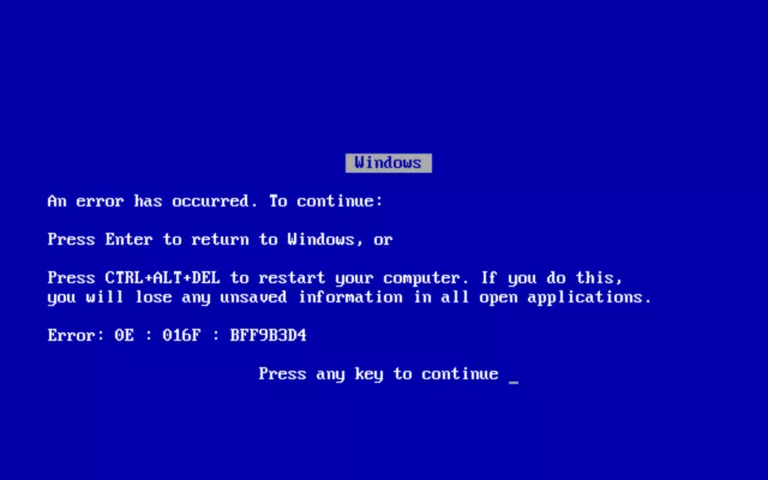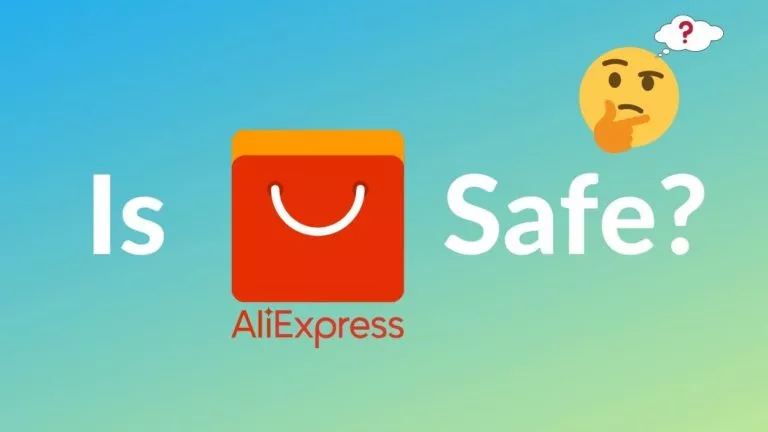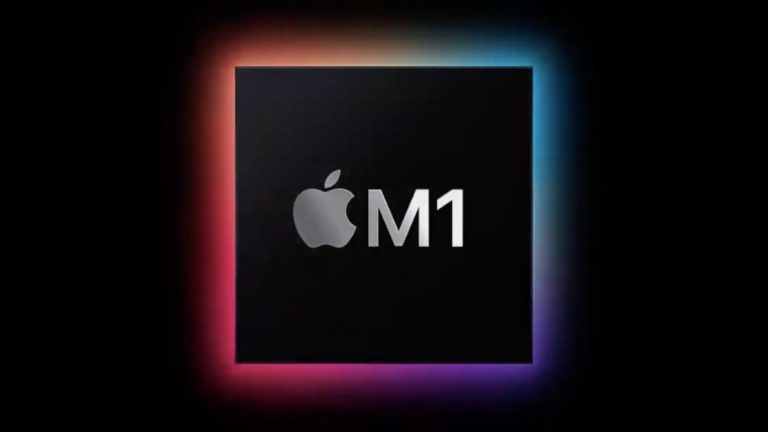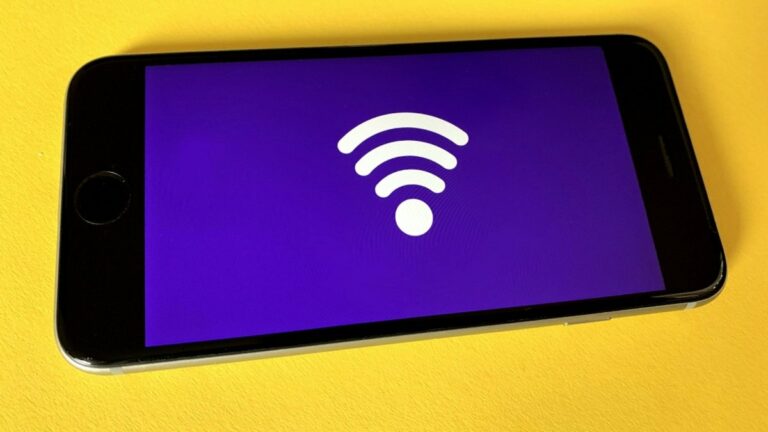🙃 Meaning in Texts Explained: Use Cases and Examples
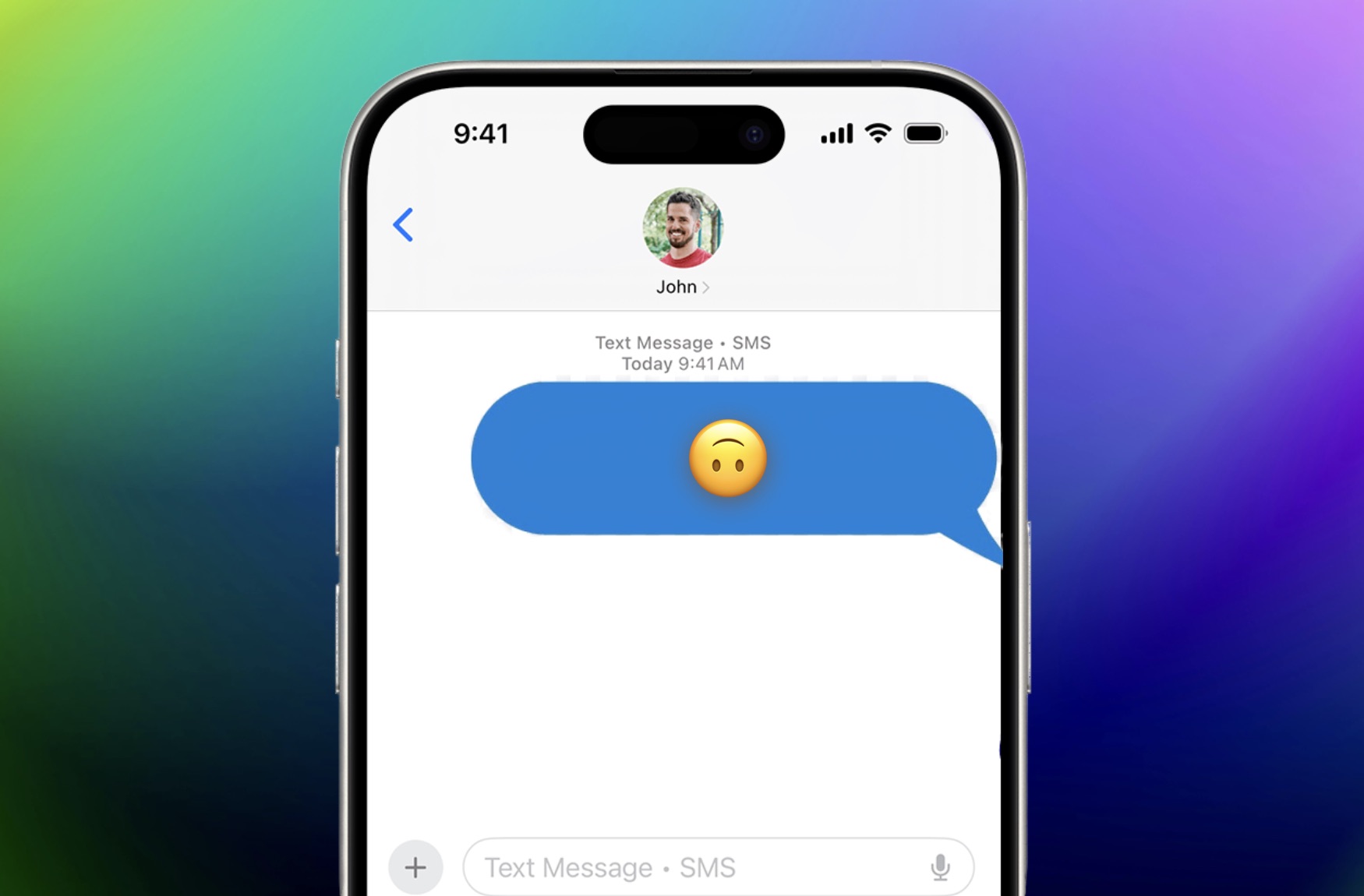
Emojis are a crucial tool to convey mood and context in our communication. When texting a friend, posting on social media, or in a group chat, the 🙃 emoji is typically used to convey sarcasm, irony, playfulness, or even frustration.
Knowing its use can help you become a better communicator and understand messages more effectively. In this article, we’ll help you with the meaning of 🙃 emoji in messages, its use on the internet, and how it represents the mood or message delivered.
What Does 🙃 Emoji Mean?
The 🙃 emoji has multiple different possible meanings that rely on the message context. It’s used widely to indicate sarcasm, irony, or playfulness. Whether used to signify a light-hearted response, concealing frustration through humor, or to show uncertainty in a sentence, the emoji is now part of online communication for its ability to convey more than words on different platforms like Instagram and Snapchat.
Different Meanings of the 🙃 Emoji
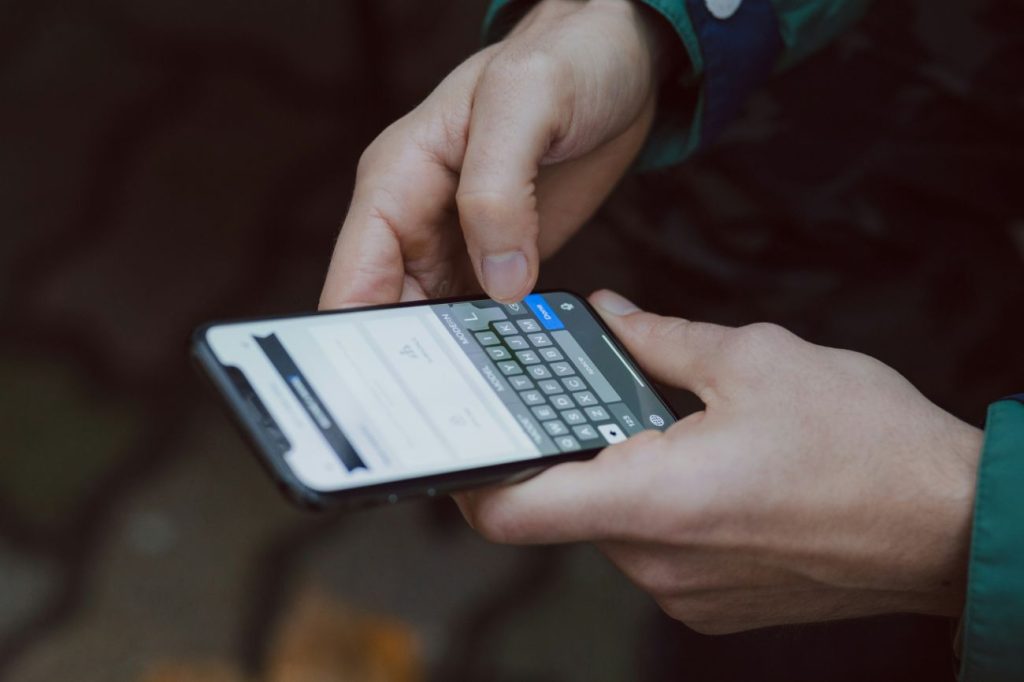
1. Sarcasm and Irony
This upside-down emoji lightens and downplays sarcastic or ironic statements. Including it in a message implies that the sarcasm is intended to be playful rather than hostile. It’s perfect for teasing or jokes because it maintains a friendly and informal tone. Its informal tone makes it ideal for lighthearted jabs or witty one-liners, enabling individuals to tease in a friendly and non-intimidating manner.
2. Playfulness and Humor
The 🙃 emoji is perfect for adding a playful twist to conversations, making even simple messages more fun and engaging. It helps highlight the humor in a joke or a lighthearted story, making sure the tone stays cheerful. Whether used to exaggerate a funny moment or to add a little silliness to a reply, this emoji brings an extra spark of joy to digital chats.
3. Subtle Frustration or Annoyance
This emoji is typically used to convey mild annoyance or irritation in a non-serious manner. Rather than complaining outright, individuals use this emoji to maintain a casual tone and avoid making things too severe. It is a light manner of expressing frustration without making things too heavy in tone while speaking.
4. Acknowledging Mistakes
The 🙃 emoji is often used to admit mistakes or awkward moments in a playful and non-serious way. It helps convey self-deprecation or mild embarrassment while maintaining a light tone. This enables one to accept errors without being overly sorry or formal. The strangeness of the emoji injects a dash of humor into the expression, making it friendlier and more relaxed to express oneself.
Examples of 🙃 Emoji in Text
- “Sure, because everything always goes as planned 🙃.”
- “Guess who spilled coffee on their shirt right before the meeting 🙃.”
- “Oh great, another traffic jam on a Monday morning 🙃.”
- “Forgot my umbrella, and now it’s pouring 🙃.”
- “Of course, my phone decides to die when I need it the most 🙃.”
How to Respond to this Emoji Effectively
To avoid miscommunication, ensure the context makes your intent clear, as the emoji might confuse others if the message isn’t light in nature. It can add more clarity and improve the mood you’re expressing by being accompanied by other emojis, such as 😂 or 😅.
To reply to this emoji, one must reply in the same tone of conversation. If the emoji is light-hearted, reply back with a light-hearted or humorous comment to sustain an upbeat tone. If one can identify the context and add a pinch of humor or optimism, it will sustain the friendly tone and make the conversation natural and engaging.

